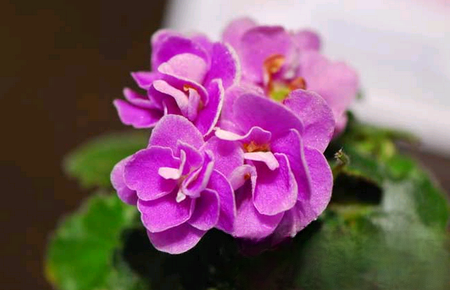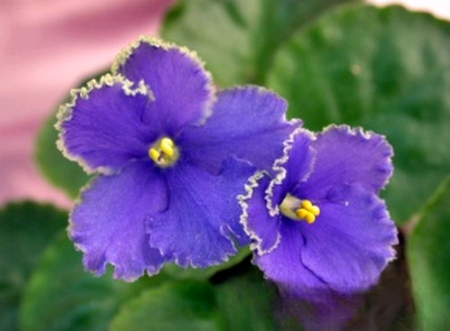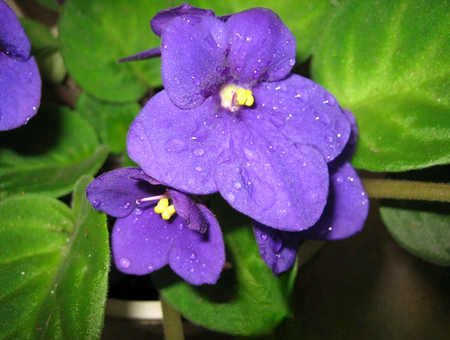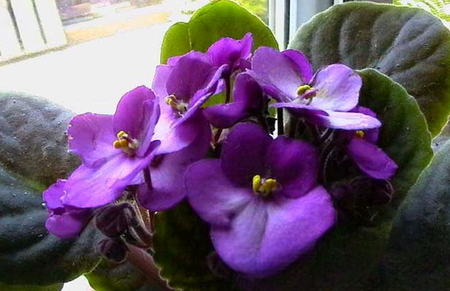Violet breeding method
Violet is a famous European flower that has been loved by people for a long time. As its name suggests, the whole body of the flower is noble purple. Violet is a plant of the cruciferous family, and its petals also reflect the characteristics of the four-leaf petals of the cruciferous plant. Many people love violets just because of their beauty.

Violet is a famous European flower that has been loved by people for a long time. As its name suggests, the whole body of the flower is noble purple. Violet is a plant of the cruciferous family, and its petals also reflect the characteristics of the four-leaf petals of the cruciferous plant. Many people love violets only because of their beautiful legends and fragrant and beautiful flowers. Its beauty always covers its powerful efficacy. In fact, violets are rare beautiful plants in nature with certain efficacy.

Violet breeding method
Violets are propagated by sowing. Violets have single-petal varieties and double-petal varieties.
Single-petal varieties only have single petals and usually have lower ornamental value.
Among the offspring of double-petal varieties propagated by violet seeds, there are both double-petal plants and single-petal plants. Because the stamens and pistils of double-petal plants are degenerate and cannot bear fruit, the seeds of double-petal varieties must be collected from single-petal plants. Of the seeds produced, about half will produce single-petal and half will produce double-petal flowers after sowing. About 80% of the plants of excellent double-petal varieties can produce double-petal flowers after sowing. This ratio also increases or decreases depending on the quality of cultivation. There are certain differences between the seeds and seedlings of double-petal plants and single-petal plants: the seeds of double-petal varieties are smaller, the cotyledons are oblong, and when there are 7-8 true leaves, the leaf margins have many serrations; while the seeds of single-petal varieties are larger and fuller, the cotyledons are short-oval, and the true leaves have fewer serrations on the margins.

Most of the varieties cultivated are biennials, and the sowing time is generally from mid-to-late August to early October. If sowing is too late in the northern region, the plants will be short, have poor cold resistance, and often bloom poorly the following spring.
Annual planting in cool summer areas can be sown in all seasons. It can be cultivated in cold beds, hot beds and greenhouses to produce flowers in all seasons. However, in most areas, it is suitable to be cultivated as a biennial due to the hot summer. For tall varieties, the flower branches can be cut off after flowering, and topdressing can be applied to grow new branches, and the second flower will bloom in June and July.

Seeding can be done in pots or in nursery beds. The soil for pots and beds should be sandy loam with good drainage. Before sowing, the land (bed) should be prepared, water should be irrigated to soak the soil in the bed (pot), and then the seeds should be sown in the bed. Sowing should not be too dense, otherwise the seedlings are prone to damping-off. Cover with fine soil immediately after sowing, and the thickness of the soil should be 1.5 to 2 times the diameter of the seed. After sowing, keep the soil moist, shade the nursery bed (seedling pot), and keep the temperature between 20 and 25°C. Seedlings will emerge about 10 days after sowing. Remove the shade immediately after emergence. For early sowing, gradually remove the shade within 10-15 days after emergence.
Violet is a taproot plant with underdeveloped fibrous roots and poor root regeneration ability. It is not tolerant to transplanting. It is advisable to divide the seedlings early and carry more soil when dividing the seedlings. Do not scatter them. Do not damage the roots. Once the roots are damaged, they will not recover easily. When the seedlings have 2-3 true leaves, use 10×8cm nutrient pots to divide the seedlings. When the plants grow to 7-10 cm in height (about mid-November), they are potted and cultivated in a greenhouse.
If used for flower bed planting, sow at a later time, overwinter in a greenhouse or small arch shed, and transplant to the open field in early spring of the following year, with a plant spacing of 15 to 20 cm, and bloom from Qingming to May Day. After planting in the flower bed in spring, attention should be paid to inter-cultivation and moisture conservation, and irrigation should be controlled to promote low and dense plant clusters.